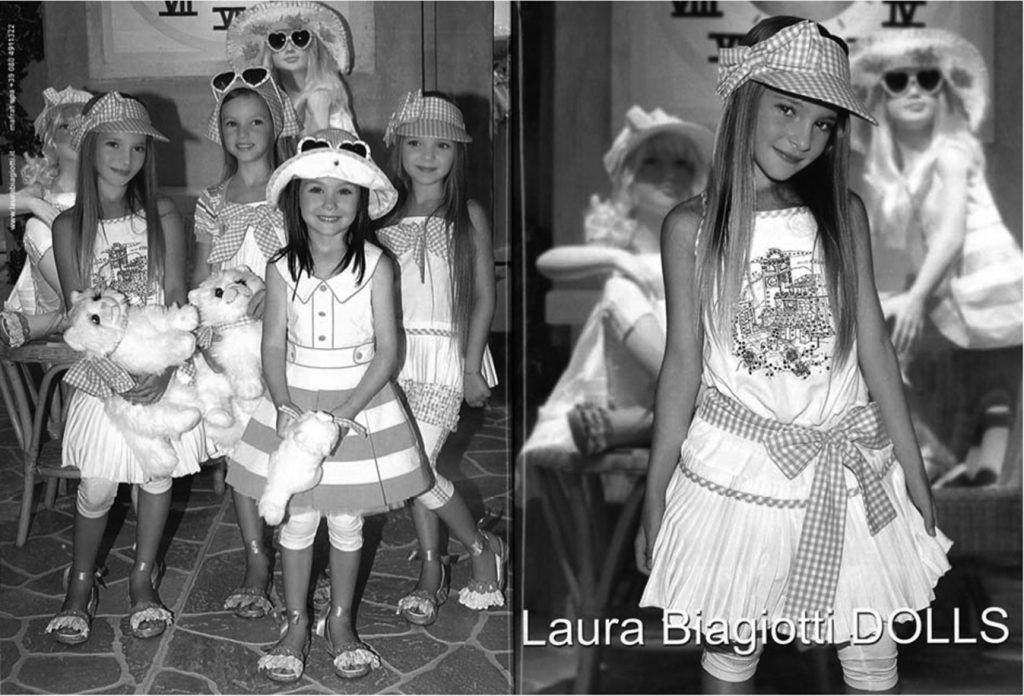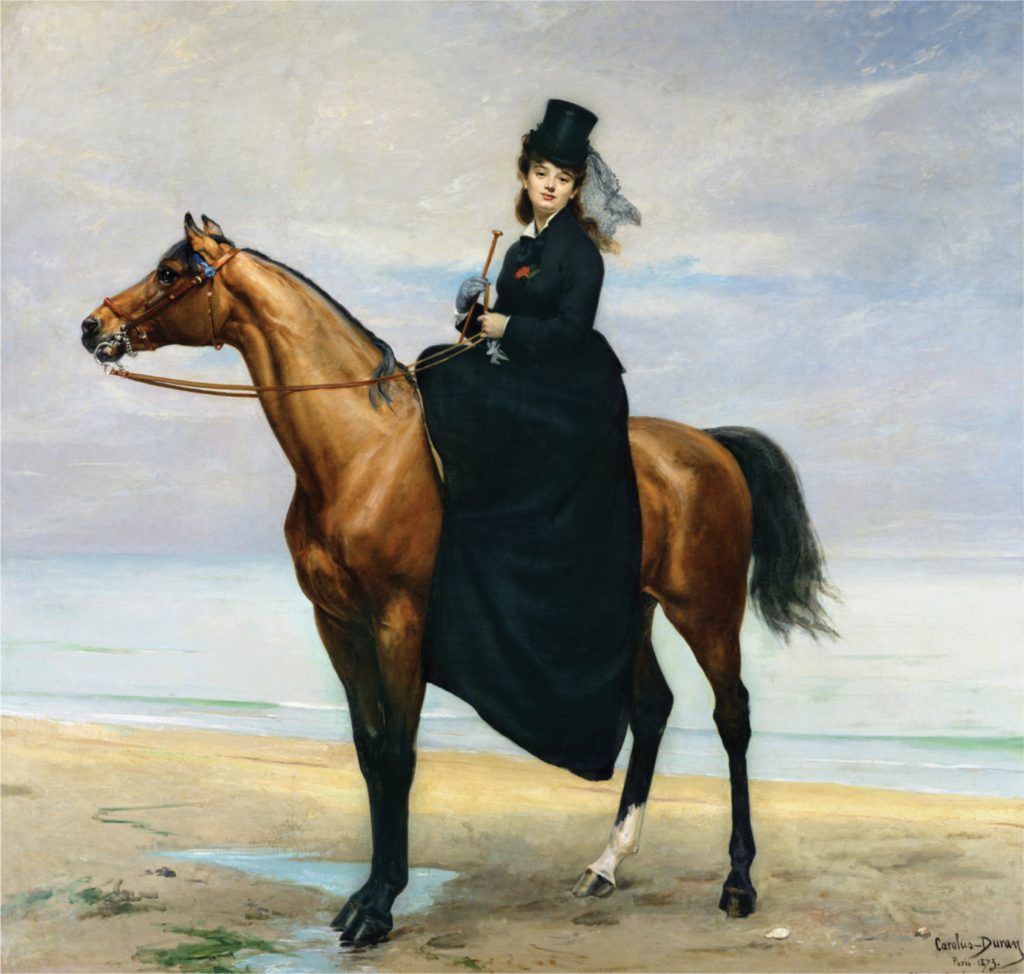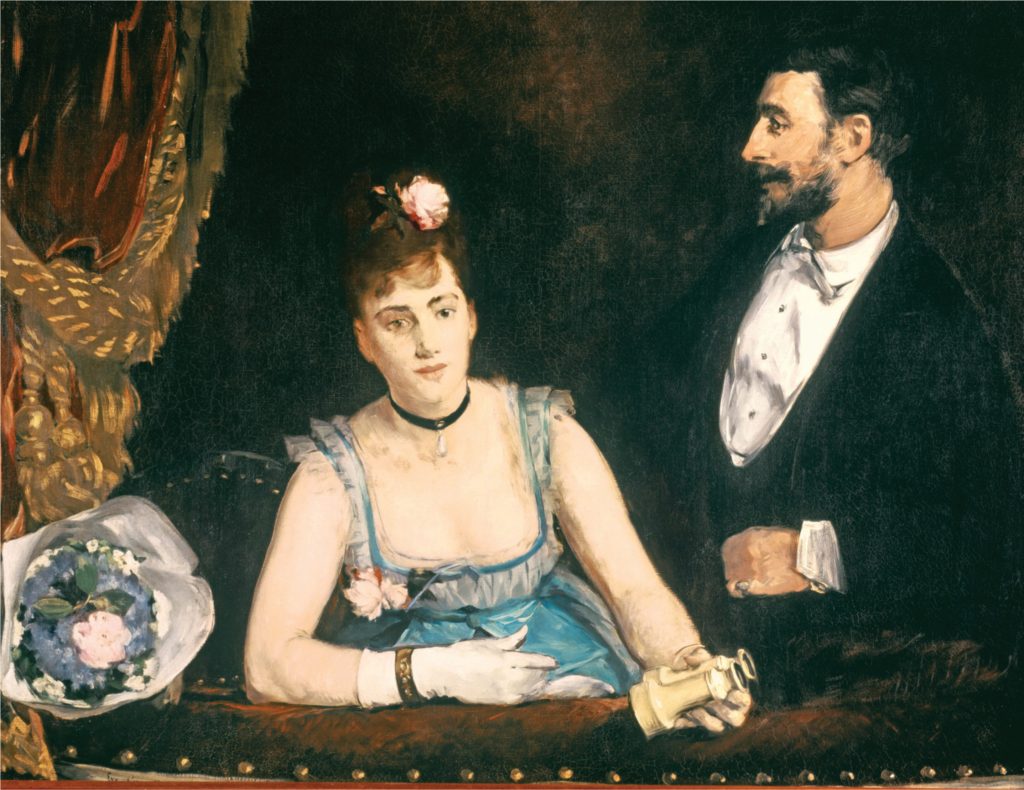Overview of Korea: Modern
Summary:
When Korea first began its modernization movement in the late 19th century, it was largely influenced by acculturation, which refers to “a modification of the content of two cultures as a result of contact”. Western culture was seen as a symbol of modernization, leading to often forced adoption of western dress and fashion. Traditional costume was labeled as ceremonial, then adapted and modified for more modern lifestyles. Then, Western dress was integrated in Korea through original styles and imitations. Finally, current Korean fashion design now expresses influences from both the traditional hanbok and Western and international styles.
Reflection:
The history of Korean fashion reflects how countries that were industrializing and developing sought to replicate the “success” of Western nations. The history also reveals how imperialism affected lifestyles down to even the fashion, as Korean fashion evolved from its earlier Chinese influences to Japanese, then Western. It was also interesting to see how Westernized education and new technologies influenced fashion, as newer, Western-style education enforced Western-style dress. Furthermore, the popular 1920s “flapper” style became a symbol of the “new woman” in Korea.
Although the history of Korean fashion is interesting in observing the effects of multiple outside influences on a country, it also shows the suppression of traditional culture through modernization. However, Korea has recently begun integrating the traditional hanbok and other styles into their current fashion, showing a resurgence in acceptance of traditional styles.



